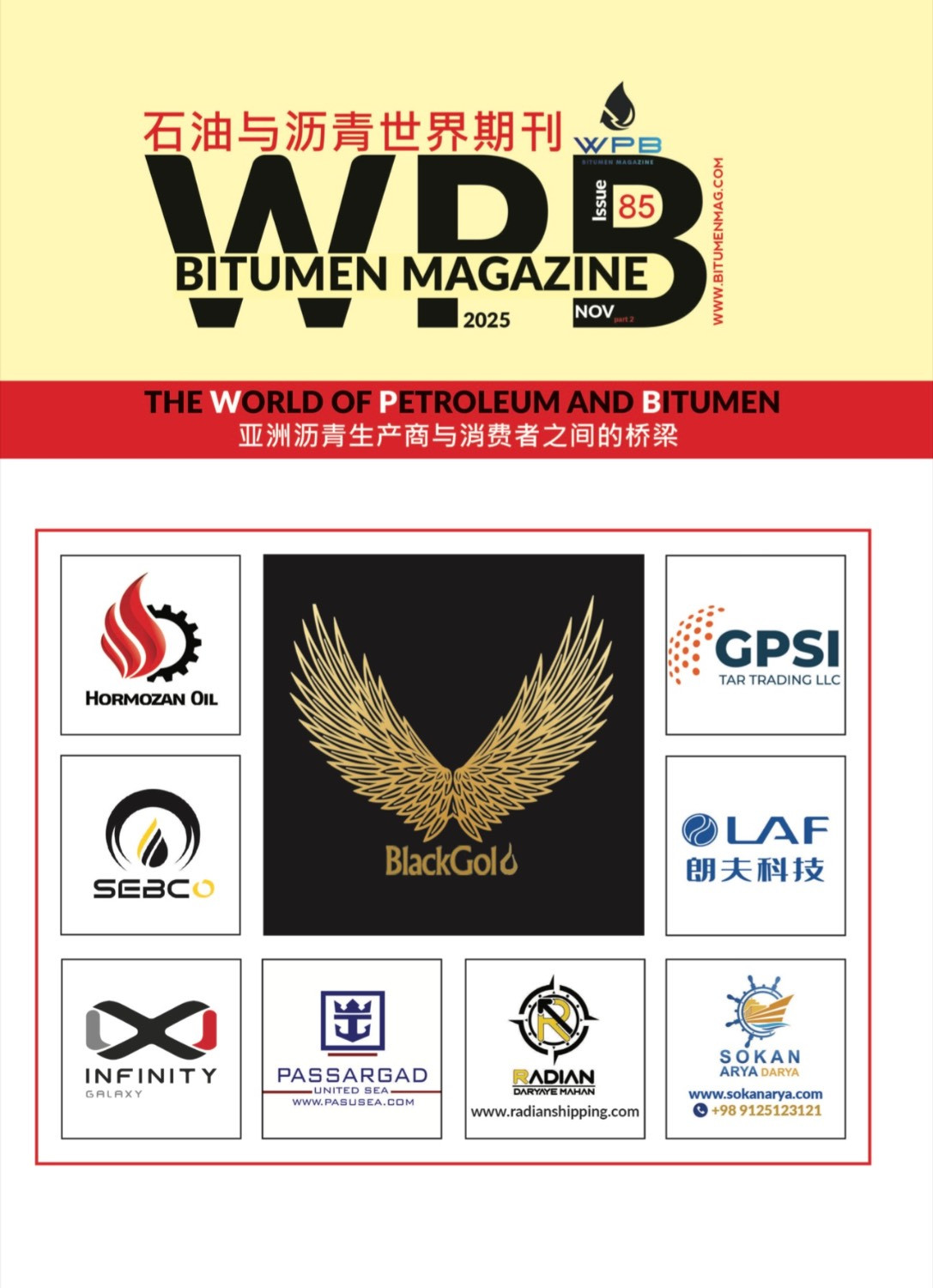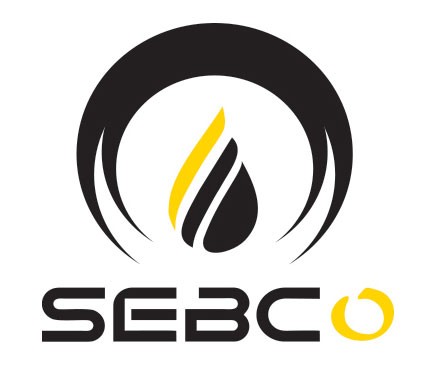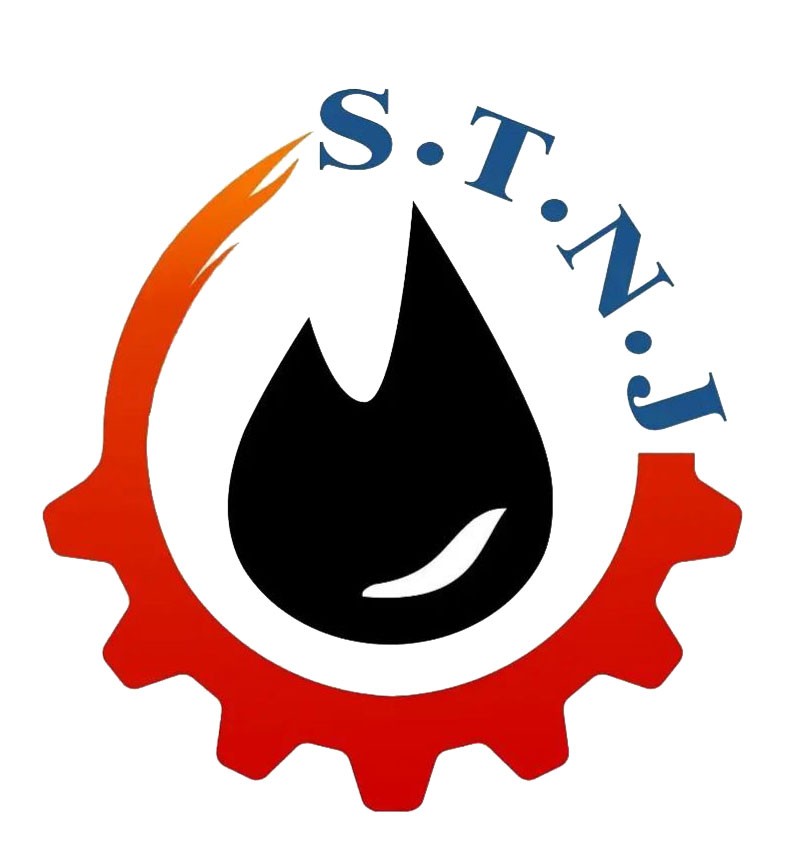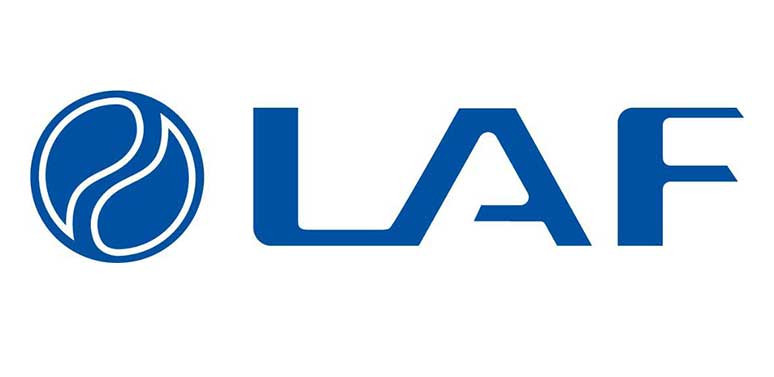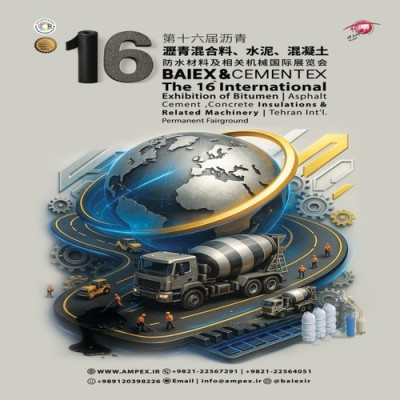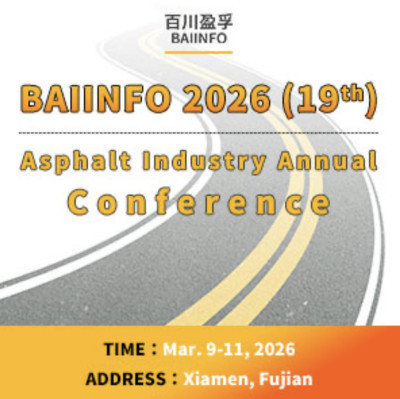According to WPB, It is not always the dramatic disasters or the grandiose megaprojects that reveal the true state of a country’s infrastructure; sometimes, the quiet numbers—the kilometers resurfaced, the asphalt regenerated, the tonnage of bituminous mixtures produced—speak far louder than political declarations. Between late November 23rd and 27th of 2025, a series of seemingly unrelated updates from several Asian nations began to form an unexpectedly coherent picture: the asphalt and bitumen backbone of Central and South Asia is entering a new phase of reconstruction, experimentation, and accountability. Although the updates appeared modest in isolation, together they portray a region attempting to modernize its road arteries while simultaneously grappling with legal, technical, and environmental pressures that demand a new generation of bitumen-based solutions.
Kyrgyzstan’s announcement that it had already asphalted more than 1,430 kilometers of roadway by late November stood out not because of the number itself but because of what it implied. For a mountainous country with limited state capacity, the scale of resurfacing in 2025 is equivalent to a strategic signal: the government is preparing the physical foundations required for long-term economic circulation. Roads in Kyrgyzstan are not abstract lines on a map; they are lifelines connecting isolated regions, mountain corridors, and trade routes that link Central Asia to Western China. When such a country invests heavily in asphalt work, it is an indicator that the state sees bitumen not simply as a commodity but as a strategic mechanism for national cohesion. Moreover, the political silence surrounding the program—no major headlines, no public spectacle—makes the achievement more significant. Major powers often build roads for geopolitical theatre; smaller countries build them because they have no alternative.
In neighboring Uzbekistan, an entirely different story unfolded, one that revolved not around kilometers but around materials. With over 760,000 tonnes of asphalt mixture produced during the first half of 2025, the country signaled intense activity in the pre-winter construction period, suggesting that Uzbekistan’s infrastructure transformation is advancing at a far larger scale than commonly assumed. The increase in asphalt-mixture output is a direct reflection of industrial confidence: production does not spike unless there are active or imminent roadworks consuming those materials. What makes the data even more notable is that Uzbekistan’s climatic extremes—scorching summers and freezing winters—have historically accelerated pavement degradation. Producing bituminous mixes at such volume implies that the state is either redesigning its road network, expanding existing routes, or replacing earlier layers that were unable to withstand environmental stress. The lesson here is unmistakable: in climates where asphalt is repeatedly tested, the strategic choice of bitumen grade becomes an engineering decision with long-term economic consequences.
Kazakhstan’s involvement in this broader regional story arrived not as a number or a construction update, but as a research initiative. A local engineering group announced progress on a technology designed to revive worn asphalt—essentially a controlled rejuvenation technique that restores aged binders rather than merely covering them. In a world increasingly conscious of carbon footprints, the idea of regenerating old asphalt instead of discarding and replacing it is more than an efficiency measure; it represents a shift in philosophical approach. Asphalt ceases to be disposable and instead becomes part of a circular material economy. Kazakhstan’s experiment is modest in scale but ambitious in implication: if bitumen can be chemically restored rather than endlessly replenished, oil dependency for road maintenance could decrease. This places Kazakhstan, traditionally known for hydrocarbon exports, in the unusual position of developing technologies that could reduce bitumen demand while improving road sustainability. For a country that spans enormous distances, reducing the cost of maintaining asphalt corridors could fundamentally reshape national logistics.
China’s updates during the same November window were less about numbers and more about operational consistency. Local reports highlighted multiple district-level asphalt repairs, routine resurfacing, and winterization efforts in eastern and central provinces. While these may seem unremarkable, the frequency and coordination of such maintenance signify a mature infrastructure ecosystem. China’s asphalt narrative rarely centres on breakthroughs because its vast highway networks are already decades ahead of its neighbors. Instead, it is in maintenance cycles that one sees the real engine of Chinese infrastructure management. The smooth continuation of municipal asphalt works at the onset of winter shows that China has institutionalized both bitumen supply chains and logistical control at a level unmatched in the region. The lesson is quiet but profound: the strength of a nation’s road network does not lie in how quickly it builds highways but in how seamlessly it preserves them.
India’s entry into the November asphalt discourse emerged from an entirely unexpected sector: the judiciary. A long-standing bitumen corruption case that had haunted local politics finally resulted in a definitive sentence for multiple officials. At first glance, this seems like a purely legal story. Yet its connection to infrastructure is intimate. Bitumen scams do not merely distort markets—they translate directly into inferior roads, premature cracking, and billions of rupees lost in re-asphalting. When a court imposes strict punishment in a bitumen fraud case, it sends an economic message: infrastructure integrity cannot coexist with supply-chain corruption. India’s decision to impose strong penalties in 2025 therefore carries far more than symbolic weight. It forces a recognition that quality control in asphalt procurement is inseparable from governance. A nation that aspires to build durable highways must first ensure that the bitumen itself has not been diluted, manipulated, or adulterated before it reaches the construction site.
Taken together, the late-November updates from Kyrgyzstan, Uzbekistan, Kazakhstan, China, and India reveal a shared trajectory. Despite having different levels of economic strength, industrial capacity, and technological sophistication, all five countries converge on one theme: asphalt and bitumen are no longer passive components of construction but active variables in national development strategies. Roads are increasingly seen as long-term investments that require evolving forms of material science, environmental adaptation, and legal accountability.
It becomes clear that the future of road infrastructure in Asia will not be defined merely by how much bitumen is purchased or how many kilometers are paved. Instead, it will depend on how intelligently countries manage the entire bitumen lifecycle—from refining to transport, from mixture design to on-site application, from digital monitoring to legal oversight. A technologically advanced yet corrupt supply chain yields roads that crack; a legally pristine yet underfunded system yields roads that never get built; a high-production economy without maintenance discipline yields roads that deteriorate faster than they can be rehabilitated.
This layered reality is precisely why the November 2025 data matters. Kyrgyzstan’s quiet expansion of asphalt corridors hints at a regional integration logic. Uzbekistan’s industrial surge reflects an evolving understanding of climate-adaptive bitumen performance. Kazakhstan’s rejuvenation experiments suggest a shift toward circular bitumen engineering. China’s municipal consistency demonstrates the value of disciplined maintenance cycles. India’s legal action shows that road integrity begins long before bitumen touches aggregate.
As these countries continue to refine their engineering strategies, it is likely that Asia’s road systems will become an experimental ground for new forms of bitumen modification, digital pavement diagnostics, and sustainable asphalt regeneration. And though no single announcement between November 23rd and 27th was dramatic on its own, the collective pattern reveals a region at a turning point—rethinking not only how it builds roads, but why their material foundations matter to economic stability, trade connectivity, and technological evolution.
By WPB
News, Bitumen, Global Project, Asphalt, Road Project

